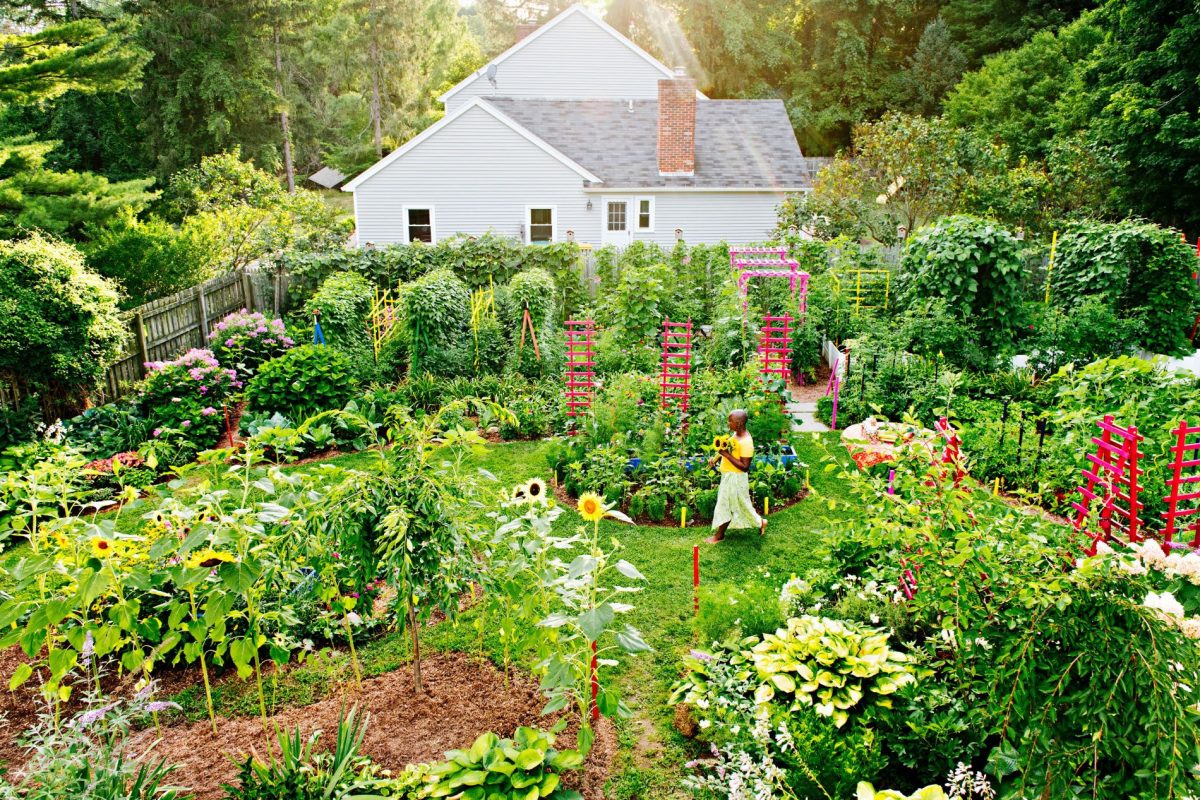YETRAC
Permaculture: Designing Sustainable Systems Inspired by Nature
Permaculture: Designing Sustainable Systems Inspired by Nature
Permaculture is an innovative approach to land management and settlement design rooted in principles observed in flourishing natural ecosystems. It was coined in 1978 by Bill Mollison and David Holmgren as a response to the perceived shortcomings of modern industrialized agriculture. Permaculture extends its design principles to various domains, including regenerative agriculture, town planning, rewilding, and community resilience.
History and Influences
Permaculture has historical antecedents, with figures like Franklin Hiram King advocating “permanent agriculture” in the early 20th century. Early advocates recognized the need for sustainable agricultural practices, especially in response to issues like deforestation and soil erosion. Notable figures such as George Washington Carver and P.A. Yeomans contributed to the development of principles now associated with permaculture.
Bill Mollison and David Holmgren’s work in the late 1960s, however, marked the official birth of permaculture. They recognized the unsustainability of industrialized agriculture, which relied heavily on non-renewable resources, caused environmental degradation, and reduced biodiversity. In response, they formulated permaculture principles and published “Permaculture One” in 1978.
Permaculture’s inception led to the creation of the Permaculture Design Course (PDC), which has trained individuals worldwide in applying permaculture principles. The philosophy spread to different continents and diversified into various regional applications and adaptations.
Foundational Ethics
Permaculture is guided by three core ethics:
- Care of the Earth: This ethic emphasizes the need to provide for all life systems to continue and multiply, ensuring the well-being of the planet’s ecosystems.
- Care of People: It underlines the importance of ensuring people have access to the resources needed for their existence, considering their well-being.
- Setting Limits to Consumption and Reproduction: By self-regulating their needs, individuals can allocate resources to further the first two ethics, emphasizing sustainability.
These ethics serve as the moral foundation of permaculture and guide its practical applications.
Design Principles
Permaculture employs a set of design principles to create sustainable systems. These principles are as follows:
- Observe and interact: Take the time to engage with nature and observe it closely before designing any solutions.
- Catch and store energy: Develop systems to collect resources when they are abundant and use them in times of need.
- Obtain a yield: Prioritize projects that generate meaningful rewards.
- Apply self-regulation and accept feedback: Discourage detrimental activities and ensure that systems function well.
- Use and value renewable resources and services: Reduce dependence on non-renewable resources and make the best use of nature’s abundance.
- Produce no waste: Utilize all available resources efficiently and minimize waste.
- Design from patterns to details: Begin by observing patterns in nature and society, then add details to inform designs.
- Integrate rather than segregate: Allow relationships to develop between design elements, promoting synergy.
- Use small and slow solutions: Smaller and slower systems are easier to maintain, make better use of local resources, and yield more sustainable outcomes.
- Use and value diversity: Diversity minimizes vulnerability to threats and maximizes resource utilization.
- Use edges and value the marginal: The most interesting and productive elements often exist at the borders between things.
- Creatively use and respond to change: Intervene thoughtfully in response to inevitable changes.
Layers in Permaculture Design
Permaculture design often incorporates the concept of layers, which represent different strata of vegetation within a given ecosystem. These layers provide opportunities for the coexistence of various plant species and ecosystems. Common layers include:
- Rhizosphere: This layer encompasses plant roots, soil, and organisms living within the soil. It plays a crucial role in nutrient cycling and supporting plant growth.
- Soil Surface/Groundcover: These plants grow close to the ground, fill bare patches, and help reduce soil erosion. Cover crops and green manures fall into this category.
- Herbaceous Layer: This includes plants like culinary and medicinal herbs that die back to the ground each winter. They can be annuals, biennials, or perennials.
- Shrub Layer: This consists of woody perennials of limited height, often including berry bushes.
- Understory Layer: Trees that thrive under the canopy layer.
- Canopy: The canopy comprises the tallest trees in the ecosystem, which dominate but do not entirely cover the area.
- Vertical Layer: Climbing or vining plants that grow up trellises or support structures.
Permaculture encourages the creation of systems where these layers interact synergistically, enhancing overall sustainability and productivity.
Permaculture is a holistic approach to design and sustainability, inspired by natural ecosystems. It encompasses ethical principles, design guidelines, and the utilization of ecological layers to create self-sustaining systems that provide for both nature and people. Permaculture principles continue to inform regenerative agriculture, ecological engineering, and various practices aimed at achieving a more harmonious relationship between human activities and the natural environment.

